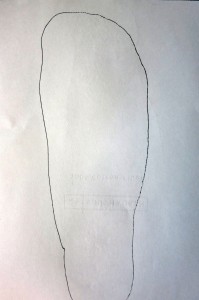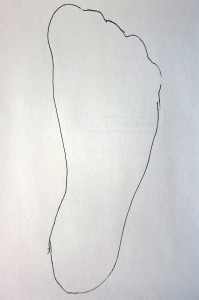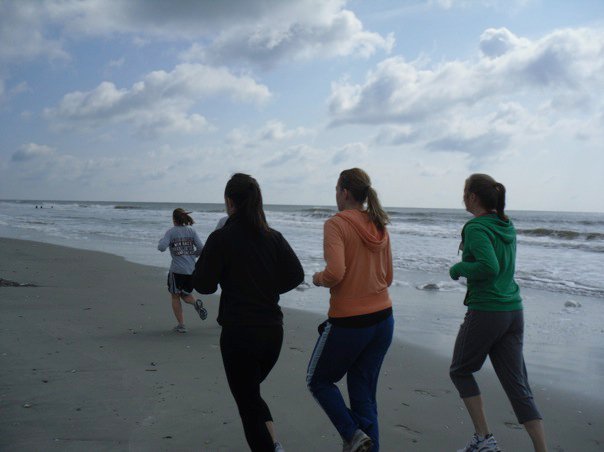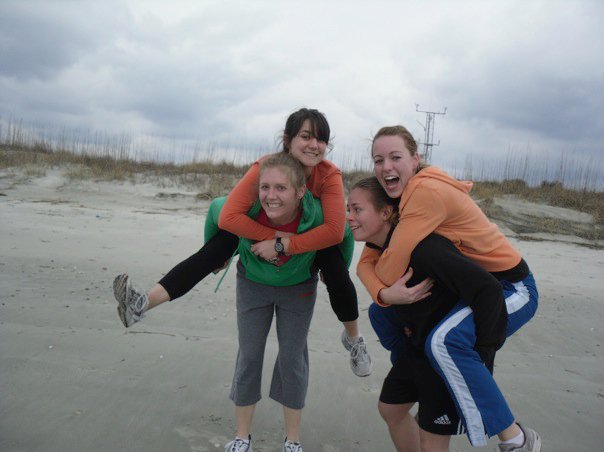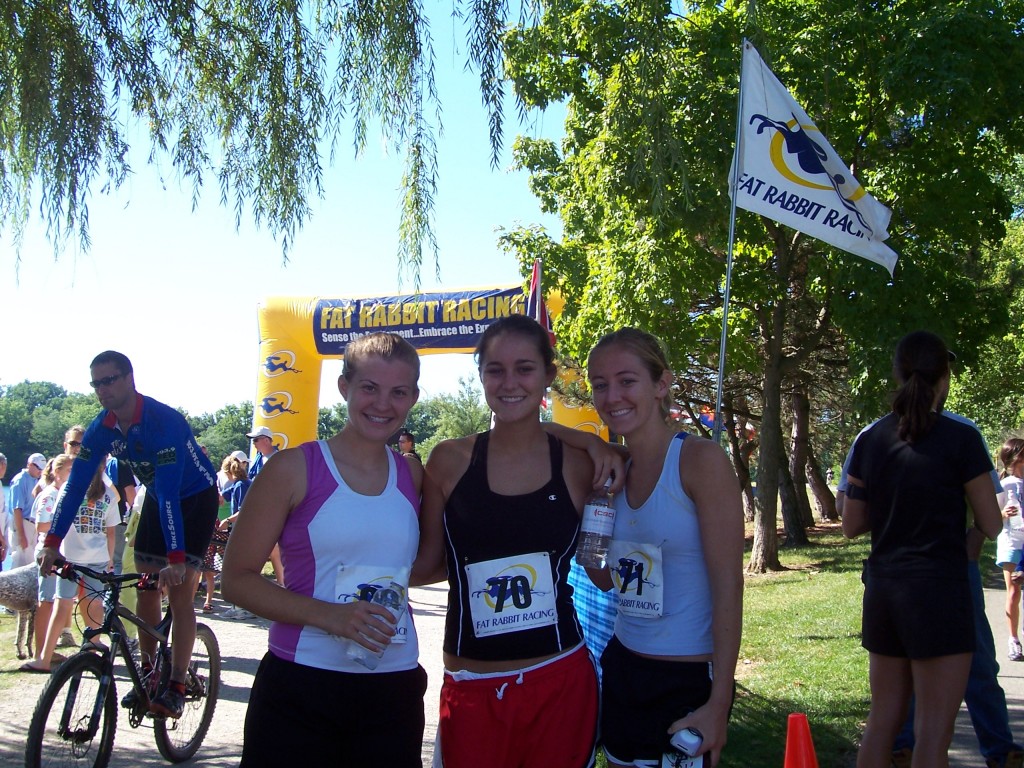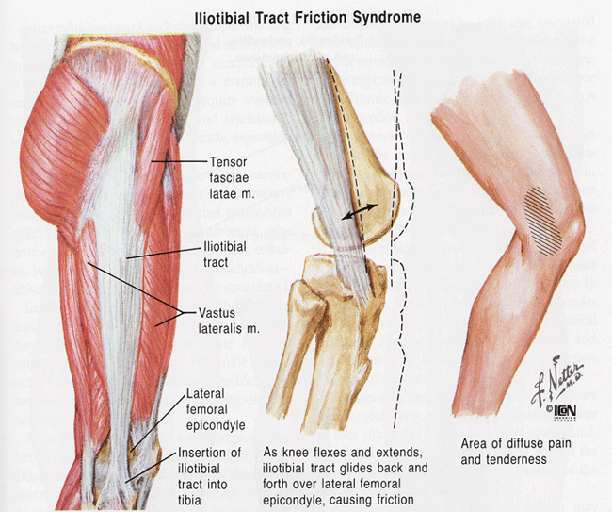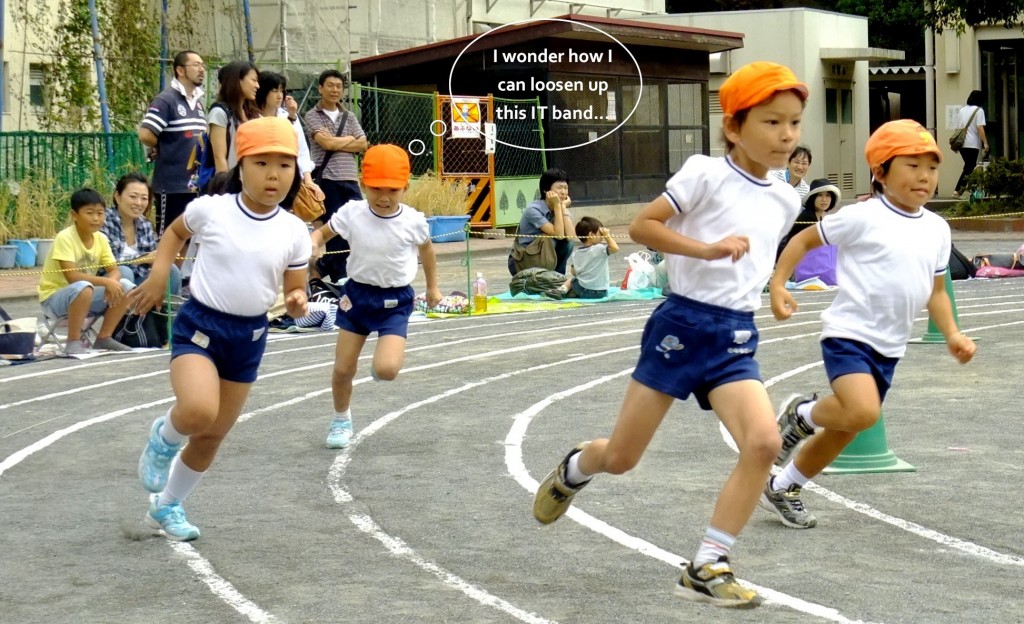I have spent a long time looking for a running shoe that has firey blazes shooting from the back that miraculously make me run faster. My search continues to this day. I will not give up.
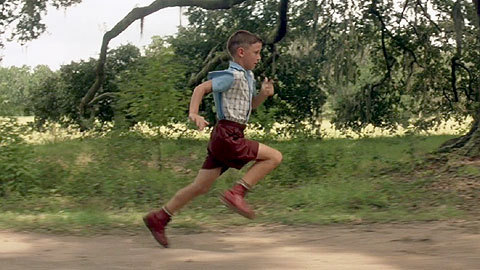
In the meantime, it’s important to find a shoe that fits the shape of your own particular foot, promoting the best and most optimal relationship between your foot and the ground. A fitted shoe has the ability to lower your risk of injury.
Finding the right running shoe requires an understanding of foot mechanics. To simplify foot mechanics, think of two different foot movements: supination and pronation. Both of these movements are very complex and involve multiple joints, but for the purpose of this post, pronation is when the arch of the foot moves toward the floor and supination is when the arch of the foot is raised.
In a static standing position, you may have a supinated foot defined by a raised arch. This type of foot is classically more rigid.
A pronated foot has a collapsed arch and is classically more flexible.
To decide what type of shoe is best for you, the first step is to figure out if your foot is pronated, supinated, or neutral. To figure this out, I recommend having someone trace your foot while you are standing. Look at the tracing and determine if it is more pronated, supinated, or neutral. It is important that you are standing so the you are fully weight bearing.
This is an example of a pronated foot with a notable rectangular shape:
This is an example of a neutral to supinated foot with a larger curve on the inside:
Ideally, the bottom of the ideal shoe should match the shape of your tracing. If your foot is pronated (or flat), the bottom of the running shoe will look more like a rectangle. If your foot it supinated, the inside of the running shoe should curve inward.
It is also very important to consider what happens to the arch of your foot when you move. Some people may stand with a very high arch, but once they walk or run, their arch collapses. If you feel as though you fit in that category, I would recommend finding a local running store that has a good reputation. They should be able to watch you run and recommend a shoe for you.
So as we wait for rocket shoes to be invented, make sure your current running shoe is the right shape for your foot–and if it’s not, be sure to invest in a new pair to prevent injuries.
***The content of www.kayleemay.com is for informational purposes only. The information presented is not to be taken as professional medical advice, diagnosis, or treatment. If you are having pain, or seeking medical advice, talk to your health care provider. Do not delay in seeking treatment because of information you have read on www.kayleemay.com. Taking recommendations presented on www.kayleemay.com is solely at your own risk***



